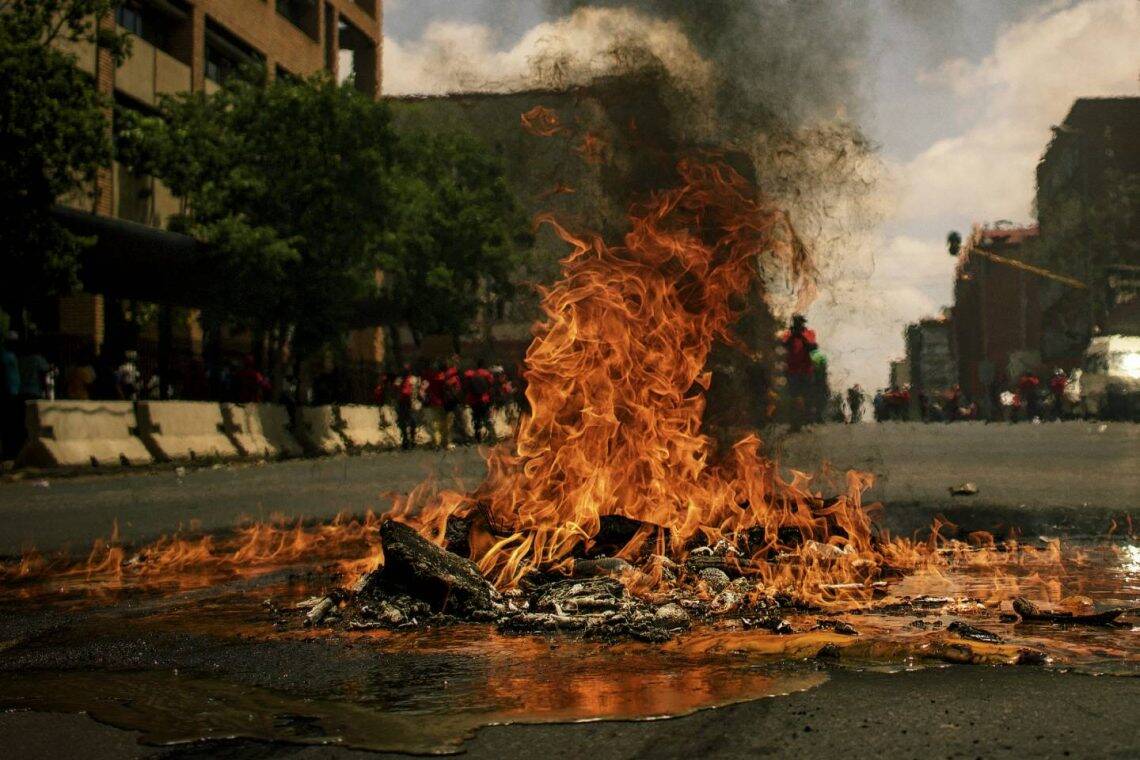South Africa is facing a complex security challenge: the national crime data show drops in some violent-crime categories, yet intensified gang activity and social unrest remain urgent concerns. According to the most recent statistics for January–March 2025 by the South African Police Service (SAPS), murders fell by 12.4 % compared to the same period in 2024, and aggravated robberies dropped by 10.4 %. Polity.org.za Yet experts caution that underlying structural issues still pose grave risks. DA.org.za
Organised Crime’s New Reach
While headline figures may show a downward trend in select categories, many analysts warn that organised criminal groups are evolving. In the fourth quarter of 2024/2025 the SAPS reported an increase of 4.7 % in commercial crime, including money-laundering and racketeering. Gov.za In the Western Cape and KwaZulu-Natal provinces, gang-related murders still remain among the highest in the country. Gov.za
The challenge is not simply numbers. As one policy review puts it: even with reductions in certain crimes, “if you ask anyone across communities whether they feel safer, their answer would be no.” DA.org.za
Political Instability Feeding the Risk
Political fragmentation is compounding the security challenge. The ruling African National Congress (ANC) faces internal fractures and coalition strains following its loss of a parliamentary majority. iReportSouthAfrica.co.za These developments weaken governance capacity at a time when social pressures are mounting—from high youth unemployment to service-delivery failures. The Star
Hot-Spot Focus: KwaZulu-Natal
In KwaZulu-Natal (KZN), the interplay of gang activity, political influence and economic stress is especially visible. Despite national declines in some metrics, gang turf wars, school closures and extortion in KZN remain critical. Reports show that discrete arrest operations have targeted dozens of suspects connected with organised violence, yet residents continue to live with daily risk.
What Residents Can Do to Stay Safer
Amid high risk, individuals and communities should adapt practical safety measures. These might include:
- Avoid walking alone after dark, especially in poorly-lit or high-crime areas.
- Use trusted ride-hailing services rather than showing signs of vulnerability in transit.
- Install home-security systems, secure fencing, motion-activated lighting and alarms.
- Maintain low visibility of valuables in vehicles and public spaces.
- Participate in community-watch programmes and stay informed about local crime trends.
These are not fool-proof solutions, but they reduce risk in an environment where even petty crimes are frequent and responses may be delayed.
Global Connections: Why This Matters Beyond Borders
South Africa’s security dynamics resonate globally. Transnational crime networks view unstable nodes as opportunities. From international investors to regional trade links, a surge in unrest or the breakdown of rule-of-law in one region can ripple across supply chains, financial flows and diplomatic ties.
Building Community Resilience Before It’s Too Late
In a nation still recovering from deep structural inequality and enduring governance gaps, the greatest defence may lie in local collective action. Community patrols, tighter coordination with law-enforcement, youth employment initiatives and transparent civic leadership are all essential. Reforming policing, improving investigative follow-through and restoring trust in institutions are vital steps. The downward trend in selected crime stats offers hope, but without systemic reform, the gains may prove fragile.
Communities must act now—not simply to survive day to day, but to reclaim stability and shape a safer future together.
